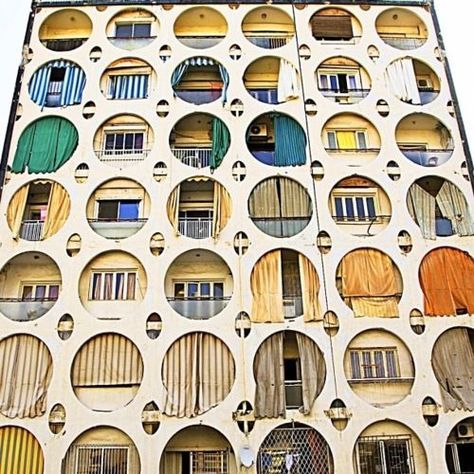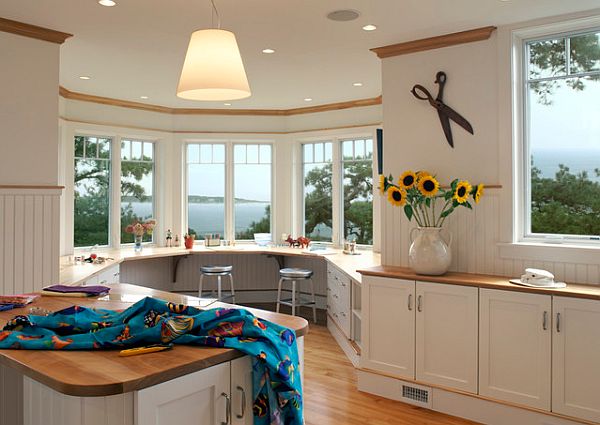
Tested using both Visual Studio Community EditionĪnd the Eclipse IDE for C and C++ Developersĭemo projects are provided for both tool chains.


#Circular studio windows windows#
This page presents a Windows port layer for FreeRTOS that has been developed and
#Circular studio windows how to#
Getting Started With Simple FreeRTOS Projectsĭocumentation (which also describes how to use the FreeRTOS Windows port), If you are new to FreeRTOS then it is recommended to start by viewing the
#Circular studio windows update#
However on occasion where there are backward compatibility issues it mayīe necessary to update your Visual Studio version to the latest available. Visual Studio as used to create the project, and Visual Studio will provide instruction on re-targetingĪ project if there is a version mismatch. Generally you do not need to use the exact same version of STM32U5 Arm Cortex-M33 MCU w/ TrustZone & TF-MįreeRTOS distribution were created at various different times and therefore use various differentįree versions of the Visual Studio for C/C++ tools.i.MX RT1060 Arm Cortex-M7 MCU & EdgeLock SE050.Go crazy with your circular people representations! Hope this helps. This tip is very helpful to when you are most likely going to be displaying a smaller image than the source and not the other way around. The rendering would be the same in my case. No real change other than telling the framework what the decode size should be in Line 5 using DecodePixelHeight and DecodePixelWidth. Using the above example it would be modified to be: This is easily done in markup using a slightly more verbose image source syntax. then you will want to ensure you save memory by specifying the decode size for the ImageBrush’s source specifically. However for apps like social apps or where you don’t know where the source is coming from or your app is NOT resizing the image on upload, etc. The standard Image element does this for you.įor most apps that control your image sources, you probably are already saving images that are only at the size you are displaying them so it may be okay. So if you had a 2000x2000px image but only displayed it in 100x100px then we would only decode the image to 100x100px size saving a lot of memory. NOTE: This auto decode-to-render-size feature basically only decodes an Image to the render size even if the image is larger.

Now while this is great, using an ImageBrush doesn’t give you the automatic decode-to-render-size capability that was added in the framework in Windows 8.1. The above would render to this image as the example in my app: Using an Ellipse helps you get the precise circular drawing clip without having pixelated edges or anything like that. You’ll see that Line 3 shows us using an ImageBrush as the fill for an Ellipse. None of this is needed for the simplest display. I’ve seen people trying to do profile pic upload algorithms that clip the actual bitmap and save on disk before displaying it to people stacking transparent PNG ‘masking’ techniques. However I’ve seen enough questions and some people trying to do a few things that make it more complex that I thought I’d drop a quick blog post about it. Now since this seems to be a popular trend and people are doing it I’ve thought XAML folks have figured it out. Seeing a trend that the new avatar shape in apps is a circle and no longer square - Tim Heuer March 23, 2013 I made a snarky comment about this myself almost exactly 2 years ago when I noticed that some apps I was using at the time switched to this: A long while back it seemed like the new cool app thing to do was to represent people/avatars in circles instead of the squares (or squares with rounded corners).


 0 kommentar(er)
0 kommentar(er)
